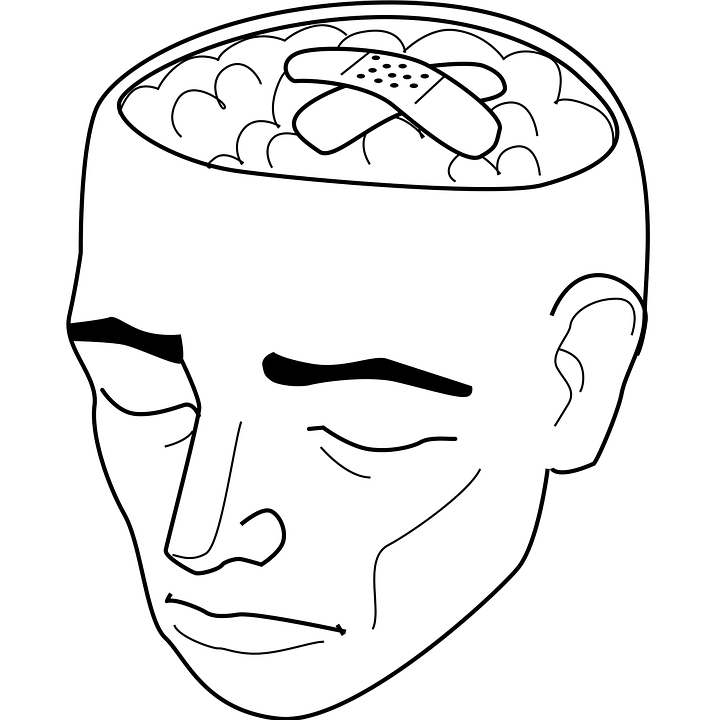I haven’t always loved to read. Growing up, I remember my grandmother and my mom would read me stories. I remember curling up in bed, listening to my mother detail the various endeavors of Harry Potter. We read the first two novels together, then, as I desired more independence, I read the rest of the series on my own. I admit, some of the content flew over my head. During D.E.A.R time (drop everything and read) in fifth grade, I “read” the J.K. Rowling novels because of their size, in hopes of impressing both my teacher and my peers. I had little interest in actually understanding who Harry was and why my older brother raved about these tales. It wasn’t until seventh grade where I found my love for reading. The Outsiders, the classic by S.E. Hinton, was the catalyst for my love for reading. I remember reading the words on the page with pure eagerness, waiting to see what would happen next. Whether it be the dialogue, the charming characters, the relatable things surrounding friendship and brotherhood, or even the fact that it was one of the first novels where I saw cuss words on the page–something stuck. I haven’t stopped reading since.
Now, I find myself as an ELA teacher, trying to spark a passion for reading in my students. Sometimes it works, other times I fall short, and students find themselves like me prior to reading The Outsiders. However, I have a few novels that I use to promote engagement and a genuine desire to read. Those texts will be mentioned below (in no order), along with a brief explanation as to why they are some of my favorites novels to implement in my class.
Fahrenheit 451 (Ray Bradbury)
I never read Fahrenheit 451 as a middle school or even high school student. In my education classes in college, multiple professors revered Bradbury and his work. So, naturally, I did some reading of my own. I started with Fahrenheit 451 and was hooked. I went on to read some of his other novels and his short story collections, and now view Ray Bradbury as one of the most influential American authors of all time.
Ray Bradbury saw the future like no one else could. I wouldn’t argue someone if they claimed that Bradbury was from another universe. The man had a gift for storytelling. His ability to intertwine supernatural elements of sci-fi, sprinkled with revealing universal truths, is unprecedented. Fahrenheit 451 is one of the strongest examples in his catalogue where he interjects fiction into fact. This dystopian novel centers around Guy Montag, a firefighter, tasked with the job of burning all forms of literature and scoping out houses that contain books. Like many dystopian worlds, Big Brotherism is present in Guy’s society and he doesn’t realize the injustice he partakes in on a daily basis until an instrumental youth, Clarisse, asks Guy a profound, albeit simple, question: “Are you happy?”. From there, Guy’s determinism leads him to a new perspective of the world, where he sees the oppression, manipulation through technology, and lack of creativity amongst his coworkers and even his wife, Mildred.
Fahrenheit 451 was released in 1953, yet the ideas presented are prevalent now more than ever. Many films and novels have touched on themes related to censorship and technology and its ability to manipulate the human mind, but few address the implications like Fahrenheit 451. One way I lead into provoking conversation about this novel is by looking up images on Google related to manipulation and technology. I find images of kids glued to their iPads at dinner tables, couples glued to their phones, editorial cartoons of children sitting on benches at playgrounds because they are on their phones, and even show them Apple AirPods commercials. The discussions become rich, as students are able to see the parallels between the world of Fahrenheit 451 and our world today. Students equate the parlor walls in the text to cell phones and the seashell earpieces to AirPods. Amongst numerous other ideas, we also discuss the marital conflict between Guy and Mildred and illuminate the detrimental role technology has in their life together. Many students begin to see the text’s relevance to our evolving world today.
I often end the novel with a conversation around the ideas of free will and manipulation. I myself love technology, though I can see the dangers of its use in excess. More often than not, my students come to the consensus that Fahrenheit 451 is a cautionary tale, reminding modern readers to value autonomy, strive for creativity, question everything, and to get your head out of the cell phone.
One Flew Over the Cuckoo’s Nest (Ken Kesey)
My love for Cuckoo’s Nest has only increased with the recent release of the Netflix original series, Ratched. However, I read One Flew Over the Cuckoo’s Nest for the first time in 12th grade and fell in love the book, which led to me to see the praise-worthy performance of Jack Nicholson as McMurphy in the film adaptation. Cuckoo’s Nest will forever be a staple recommendation for students who are interested in psychology, mental disorders, health care, and individualism. Published in 1962, the story details the events that unfold in a mental institution, governed by the tyrannical nurse Ratched. Ratched, the book’s antagonist, is a female character, with the goal of oppressing the patients in the mental institution through any means necessary. Whether it be the barbaric lobotomy, electric shock therapy, unethical prescription doses, and more, Ratched will do whatever she can to keep the patients under her “care”. During the time of publication, women were viewed as subservient to men in many aspects in life–especially in the workforce. This contextual information leads to dynamic discussion around Ratched’s role in the hospital, her origin story, and her unjust motivations.
Many of Ratched’s techniques for “caring” for the patients in the institution are inhumane. Students are often intrigued to learn about electric shock therapy and the practice of lobotomies, and are often disgusted when realizing that this procedure was practiced for a period of time. We are able to unpack, then, exactly how the perception of mental disorders have changed in the past sixty years. We analyze the “fog” Chief Bromden undergoes in the text, discuss how the narration changes, and address his connection to the unsung hero of the book, Mr. Randall McMurphy.
The Book Thief (Markus Zusak)
The Book Thief is an epic rollercoaster of emotions that hooks the reader on the first page. Set in Nazi Germany, the story tells the tale of Liesel Meminger, a young girl taken in by a German family after being removed from her mother in regards to rumors surrounding her involvement in Communism. Liesel, uneducated, gains a love for reading early in the text and her insatiable desire for knowledge leads her down a path of new opportunities. I often read this novel with students after reading Fahrenheit 451. We discuss the similarities of Nazi Germany, to the society Bradbury created. Students are able to see how manipulation (again) plays a role in controlling the common samaritan via censorship. Albeit historical fiction, The Book Thief presents an eerie reality many faced during WWII, and serves as a pivotal novel for your next cross-curricular study.
Students become interested in the themes related to love and friendship through Rudy and Liesel, admire Liesel’s pursuit of knowledge, and discuss the correlation between determinism and free-will. One thing I also emphasize is death as the narrator. Many are puzzled initially when we have conversations around death. Many are reluctant to talk about such a touchy subject. However, The Book Thief offers more substance and new perspective on this ominous topic. Death is painted in a new light, through its vulnerable empathy, raw connection to the characters, and understanding of its connection to the human experience.
Obviously, there are more reasons as to why I love these novels. The ideas presented above are only a glimpse into some of the explanations for my enjoyment in teaching these reads.
What are your favorite novels to use in class? Thank you for reading. GO FORTH & CONQUER!








